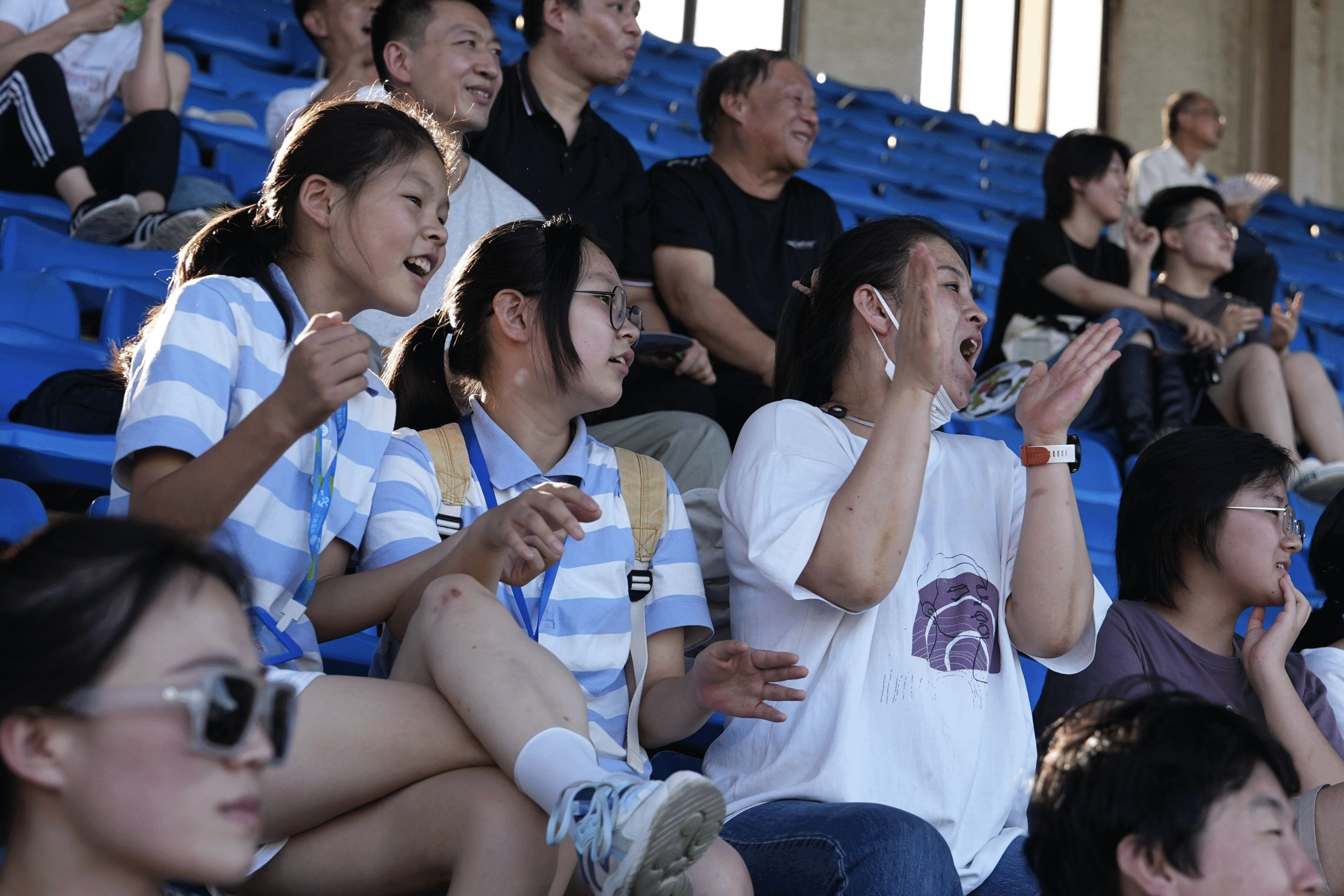Despite cricket being relatively unknown in China overall, the women’s national team consistently draws more attention and support than the men’s team—a pattern that bucks the global trend. Here’s why that’s the case:
Women’s Teams Fit China’s Growth Strategy
China has strategically invested in women’s sports as a high-ROI segment. With government funding not limited by commercial expectations, women’s teams have soared:

- Fans’ observations note: “Investments made by the government tend to have more pronounced results in women’s sports… because competition is lower.“
- This approach mirrors successes in women’s volleyball and gymnastics in China—areas where China leads globally despite limited international competition.
- With men’s cricket still nascent and lacking local role models, the women’s game provides a clearer growth path—offering results and engagement sooner.
Accessibility and Talent Adoption
Getting Chinese athletes into cricket has been easier via the women’s side:
- Participation in the Women’s East Asia Cup (held in Hangzhou, May 2023) featured performances and excitement from players like China’s Han Lili and Yuanyuan Cai—potential pathway figures for domestic support.
- A former Hong Kong coach commented that “Chinese girls get into it easily… as long as you’re a capable athlete, you can keep up.”
In male cricket, without access or interest focused in elite cricket-playing communities or expat circles, growth has been less organic.
Role of Education and School-Level Campaigns
The ICC and local associations have promoted cricket through schools—especially for girls:
- During China’s Hangzhou Asian Games hosting, women’s matches were well attended, and cricket was introduced at university campuses like Zhejiang University.
- Women players and coaches were often chosen as early ambassadors precisely because their positivity helped build spectator interest quickly.
Engagement Data Favors Women’s Cricket
Even though comparative numbers in China alone are scarce, global indicators reflect the phenomenon:
- The 2023 ICC Women’s T20 World Cup delivered 192 million global viewing hours—a 44% increase vs. 2020—and generated 1.39 billion video views.
- Brands recognize these trends: sports marketing executives note brands are now treating women’s cricket as reach-driven media properties, not just feel-good assets.
In China’s cricket ecosystem, women’s engagement metrics exceeded expectations, especially during the Asian Games and East Asia Cup qualifiers.
Cultural Factors Favor Women Athletes
In China, women’s success in sport is not new—state support and social encouragement have long favored female representation:
- A cricket scholar observes, “In China, women’s sport was historically prioritized in egalitarian skill development.”
- This cultural symmetry helps Chinese women’s cricket evade the visibility gap faced by men’s local sports.
Fan Behavior & Public Reaction
At the Hangzhou tournaments:
- Stadiums were filled with enthusiastic Chinese spectators, even at matches between foreign teams like India vs. Sri Lanka in the women’s finals.
- Reports noted Chinese women’s team members cheering loudly at Indian games—and local media spotlighted their zest for cricket despite limited exposure.
This grassroots buzz is both genuine and unprecedented in Chinese cricket.
Summary Table: Why Women’s Cricket Outshines Men’s in China
| Factor | Women’s Cricket | Men’s Cricket |
|---|---|---|
| Government support & vision | High & focused on medal potential | Lower and more experimental |
| Competition level | Emerging equals categories | Dominated by expat/elite minority |
| Participation accessibility | School/university pathways easier | Limited structures at grassroots |
| Public engagement | Crowds at Asian Games; enthusiastic fans | Sparse attendance, niche interest |
| Sports culture alignment | Women’s sport valued nationally | Cricket seen as foreign male sport |
Final Take
In the broader cricketing world, women’s teams often trail men’s in popularity. But in China, the script flips. Here, women’s cricket aligns with economic planning, education systems, and national sporting culture—giving it an advantage that the men’s side hasn’t had time or structure to match.
As cricket grows in China—and especially if it appears in the 2028 Olympics—this foundation from the women’s game may serve as the springboard to mainstream, even inspiring future generations of male cricketers to follow.

